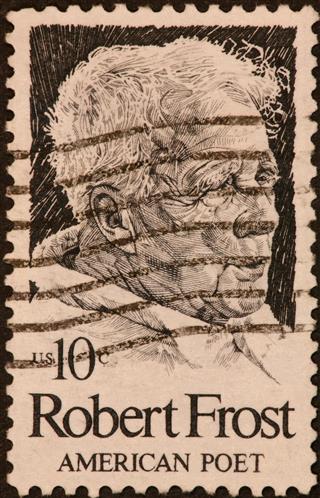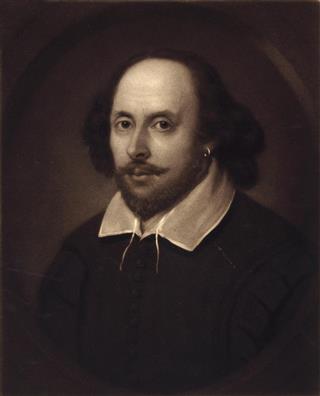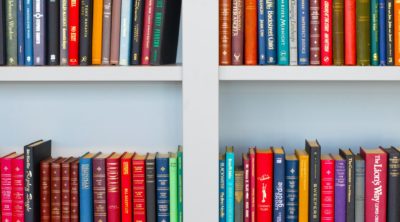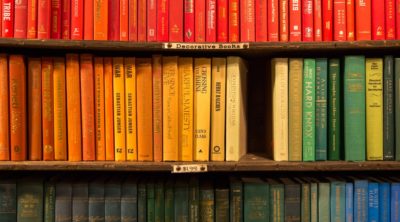
So, you want to know what the meaning of alliteration is? Understanding this literary device is easy and in this article, we try to tell you what this figure of speech exactly is.
While it is easy to understand what alliteration means by referring to examples of the same, it is important to first take a look at the definition of this figure of speech. In the simplest of terms, alliteration is defined as a device of literary style which repeats the consonant sound at the beginning of two or more successive words. It is also known as the repetition of a particular sound in the first syllable of successive words. The first use of this figure of speech can be traced back to poetry. The primary function of this device in language is to make it pleasing to hear. Repetition of sound tends to make poetry more catchy and appealing to a listener. This is also probably the reason the figure of speech is often used while developing catchphrases, slogans, and jingles. Many titles of magazines and novels also often resort to using alliteration. For example, the book series about the serial killer, Dexter Morgan (on which the popular TV series Dexter is based), has the titles of almost all the novels in this figure of speech like Darkly Dreaming Dexter and Dearly Devoted Dexter.
Examples
These are some of the best known examples from the world of literature.
“Whereat, with blade, with bloody blameful blade,
He bravely broached his boiling bloody breast.” ~ A Midsummer Night’s Dream, William Shakespeare
“I closed my lids, and kept them close,
And the balls like pulses beat;
For the sky and the sea, and the sea and the sky
Lay like a load on my weary eye,
And the dead were at my feet.” ~ The Rime of the Ancient Mariner, Samuel Taylor Coleridge
“Don’t delay dawns disarming display.
Dusk demands daylight.
Dewdrops dwell delicately
drawing dazzling delight.
Dewdrops dilute daisies domain.
Distinguished debutantes. Diamonds defray delivered
daylights distilled daisy dance.” ~ Dewdrops Dancing Down Daisies, Paul McCann
“I have stood still and stopped the sound of feet
When far away an interrupted cry
Came over houses from another street.” ~ Acquainted With the Night, Robert Frost
The examples given below are tongue twisters that use the figure of speech to make the task of reciting them more difficult.
“Three gray geese in a green field grazing,
Grey were the geese and green was the grazing“
“Betty Botter bought some butter,
but, she said, the butter’s bitter;
if I put it in my batter
it will make my batter bitter,
but a bit of better butter
will make my batter better.
So she bought a bit of butter
better than her bitter butter,
and she put it in her batter
and the batter was not bitter.
So ’twas better Betty Botter
bought a bit of better butter.“
“Silly Sally swiftly shooed seven silly sheep.
The seven silly sheep Silly Sally shooed
shilly-shallied south.
These sheep shouldn’t sleep in a shack;
Sheep should sleep in a shed.”
It is a great way to grab a person’s attention. They are intriguing and easy to remember which is why many advertisers often use alliteration in advertising taglines and jingles.
“Functional… Fashionable… Formidable…“ ~ Fila
“Don’t dream it. Drive it.“ ~ Jaguar
“Greyhound going great.” ~ Greyhound
“Discover the Doral difference.” ~ Doral
It is one of the simplest figures of speech to understand. Now that you have hopefully understood this literary device, maybe you will be tempted to play around with words to create your own examples.




